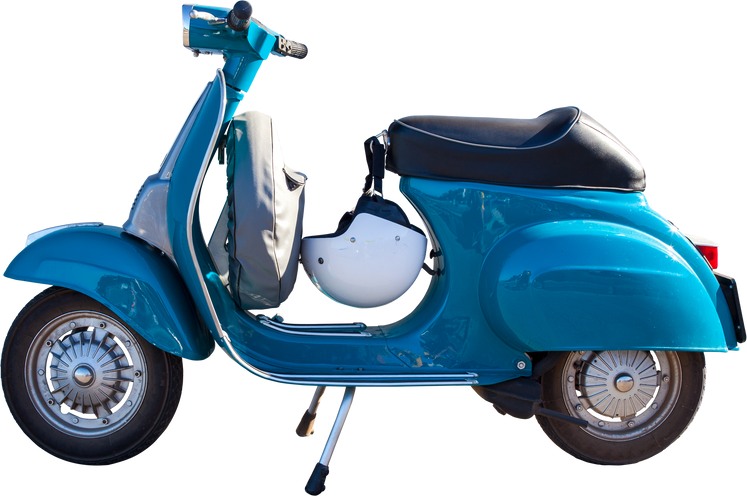Bringing the Past Back to Life: Cleaning a 1924 Bentley Magnesium Bulkhead
Working on vintage vehicles is always a rewarding challenge, but every now and then a job comes along that truly puts your skill and technique to the test. One such project involved a 1924 Bentley bulkhead, a rare and fascinating component made from magnesium, with some more recent aluminium modifications added later in its life.
The brief was simple on paper: clean the original magnesium bulkhead and the aluminium modifications, and make them look as uniform as possible. In practice, it was anything but simple—especially when dealing with metals that respond very differently to cleaning and blasting techniques.
The Condition on Arrival
When the parts arrived, the contrast between old and new couldn’t have been more obvious:
- The magnesium bulkhead was heavily encrusted with decades of oil, dirt, and grime—the kind that forms a stubborn, almost waxy layer over time.
- The aluminium modifications, by contrast, were brand new or near-new, and completely free of contamination—but that didn’t mean they’d blend in with the rest once cleaned.
The Challenge
The main challenge was that magnesium and aluminium react very differently to cleaning and blasting methods. A process that worked well on magnesium often had undesirable results on aluminium, and vice versa. Getting both metals to match visually meant developing a multi-stage cleaning process tailored to each material.
The Solution: A Staged Cleaning Process
1. Cleaning the Magnesium Bulkhead
- Laser cleaning was the first stage, gently stripping away decades of embedded grime without damaging the surface.
- Next, I media blasted the magnesium using crushed glass at high pressure. This removed any remaining residue and began to even out the surface.
- To finish, I used vapour blasting with a fine glass bead, which smoothed the finish and gave the magnesium a clean, consistent texture and satin appearance.
2. Cleaning the Aluminium Modifications
- Aluminium’s softer surface meant a gentler approach was required. I chose to media blast using fine-grade chilled iron at a low pressure. This allowed for texture control without pitting but over-etching to mimic the magnesium surface characteristics.
- I then finished the aluminium parts with the same fine glass bead vapour blasting process, to harmonise the surface finish with that of the magnesium.
The Result
Despite the very different characteristics of magnesium and aluminium, the final finish was visually uniform across all parts. By carefully adjusting the blast media, pressure, and order of operations, I was able to create a finish that respected the originality of the vintage magnesium while blending in the new aluminium additions seamlessly.
Final Thoughts
This job was a reminder of why one-size-fits-all methods don’t work in precision restoration—especially when dealing with legacy materials like magnesium. It took a great deal of experimentation, attention to detail, and process control to get the results just right.
If you have vintage or bespoke components that need expert surface restoration—or you’re facing tricky mixed-material jobs—feel free to get in touch. Every metal tells a story; I just help make it readable again.


